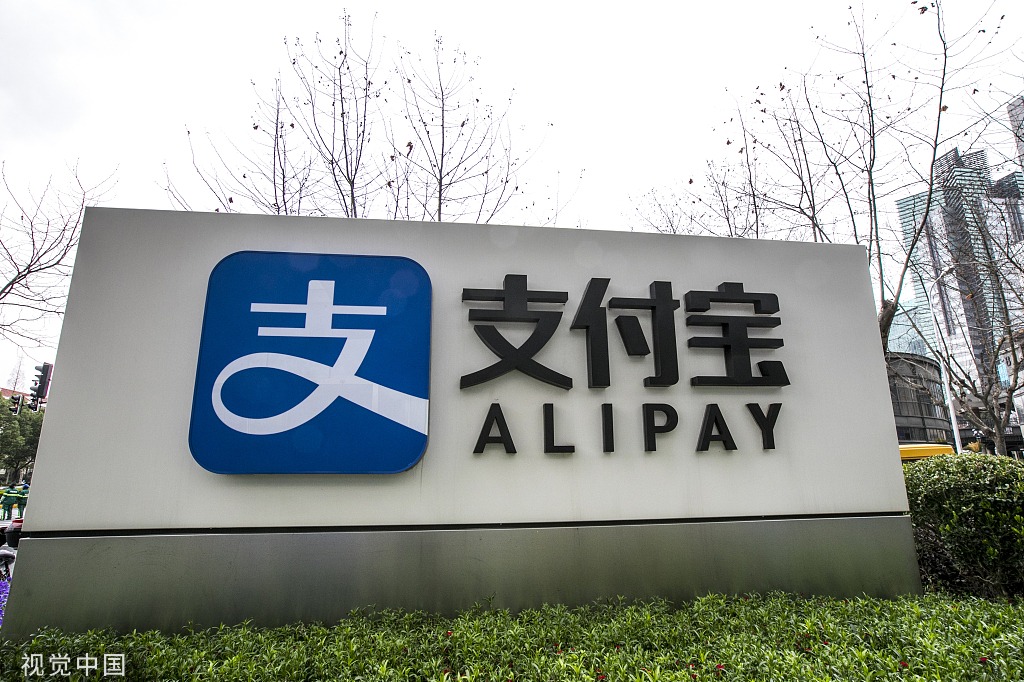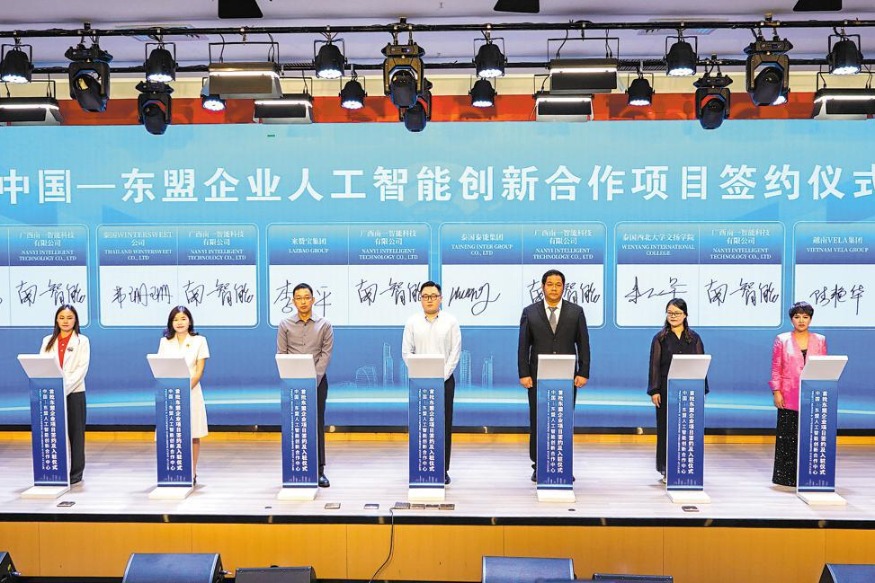Approach to economy changing gradually


The annual Government Work Report presented to the National People's Congress, China's top legislature, by Premier Li Keqiang on March 5 specified the government's economic objectives and priorities for 2018.
The report shows that the shift toward the greater emphasis on quality and equality over quantity heralded at the 19th National Congress of the Communist Party of China in October 2017 is planned to start in practice this year, albeit subtly and gradually. The government plans a modest, gradual change in terms of how to balance growth with reform and deleveraging, and plans some policy reforms and changes rooted in the longer-term policy orientation outlined at the 19th Party Congress.
The GWR says the government's key ambitions for this year are to strongly promote "high quality development", be bolder in reform and opening-up, and achieve success in the "three critical battles" against potential financial risk, poverty and pollution identified at the Central Economic Work Conference in December 2017.
In line with expectations, the GDP growth target was set at "around 6.5 percent". The omission of the phrase "higher if possible in practice" makes it a somewhat softer growth target than in 2017. Also, the GWR describes it as a "projected target". Although it did not explain how that differs from a normal target, with the fixed asset investment growth target abandoned, growth seems to have been de-emphasized somewhat further.
Change in approach to growth is subtle
However, the change in approach to growth is subtle. Despite a change in the orientation of longterm development heralded at the 19th Party Congress, and despite much discussion about removing GDP growth targets or more substantially altering the approach to them, in reality GDP growth remains the most important economic target for now. Indeed, the GWR repeats that, "development (that is, growth) is the underpinning and key (factor) for solving all our country's problems".
The target for urban job creation was unchanged at 11 million this year and the GWR specifies a 5.5 percent target for the surveyed urban unemployment rate, which includes rural migrant workers and is thus more comprehensive.
This year's deficit as a percentage of GDP is projected to be 2.6 percent, 0.4 percentage point lower than last year. The government deficit is projected to be 2.38 trillion yuan ($378.86 billion), with a central government deficit of 1.55 trillion yuan and local government deficit of 0.83 trillion yuan.
However, even though the official prescription label of fiscal policy remained unchanged at "proactive", the overall fiscal stance will be somewhat contractionary because of efforts to tighten up on local government quasi-fiscal activities. This is set to constrain infrastructure investment momentum in 2018.
The GWR reaffirmed that the monetary and financial policy stance will be shaped by the continued regulatory tightening to contain leverage and rein in financial risks. The government calls for "basically stable macro leverage". However, in line with the continued importance accorded to economic growth, it also stressed that "growth of credit and total social financing should be maintained at a reasonable level". This confirms that policymakers are only targeting a gradual reduction in overall credit growth this year. Room for flexibility for policy to respond to changes in circumstances is provided by the phrase "with easing or tightening only as appropriate".
Combined with rising US interest rates (at Oxford Economics we expect the United States Federal Reserve Bank to raise rates by 25 basis points four times in 2018), the regulatory tightening means that China's inter-bank interest rates are likely to remain under upward pressure. But the benchmark lending rates are unlikely to be raised in 2018, as consumer price inflation should remain below the 3 percent target of People's Bank of China, the central bank.
Tax reform pilot in fiscal system
The GWR emphasized "supply side structural reform". This includes continuing to cut overcapacity in coal mining and steel production, including by enforcing environmental protection, quality and safety laws, regulations and standards. Policymakers target a cut in steel production capacity of 30 million metric tonnes this year, and 150 million tons in the case of coal mining, while coal-fired power generation units that fail to achieve the required standards will also be closed. However, according to China's policymakers, "supply side structural reform" also includes industrial policy, including "developing powerful new growth drivers" such as big data and artificial intelligence as well as "making China a leader in manufacturing".
In the area of State-owned enterprises reform, the government commits to deepen trial reforms in "State capital investment and management companies" and wants to "strengthen, expand, and increase return on State capital".
The support for SOEs is balanced by support for the development of private enterprises. The GWR re-iterated the intention to support more privately provided services in healthcare, elderly care, education, culture and sports. The government also reiterated plans to launch projects in sectors such as railways, civil aviation, oil and natural gas, and telecommunications, "and make sure that private investment can gain entry and is able to develop". Also, the GWR suggests increased emphasis on strengthening property rights.
While the GWR did not specify any details, it called for the "prudent advance in the legislation on property tax", suggesting that the legislative work is now underway. This was confirmed by NPC spokesperson Zhang Yesui, who said during a press conference on March 4 that China is accelerating efforts on the legislation of a property tax law and policymakers aim to submit a draft to the NPC Standing Committee for review at an early date. This could mean introduction in parts of the country at the end of 2019 or during 2020.
More movement on the long-awaited real estate tax fits with the apparent intent to "move quickly" on reforming the inter-governmental fiscal system, better matching the expenditure responsibilities of local governments with their revenue base.
The section on financial sector reform contained no obvious new steps. The government is keen to cut further the red tape weighing on businesses and intends to reduce the tax burden on businesses by simplifying the value-added tax (from 3 to 2 brackets) and lowering rates.


































